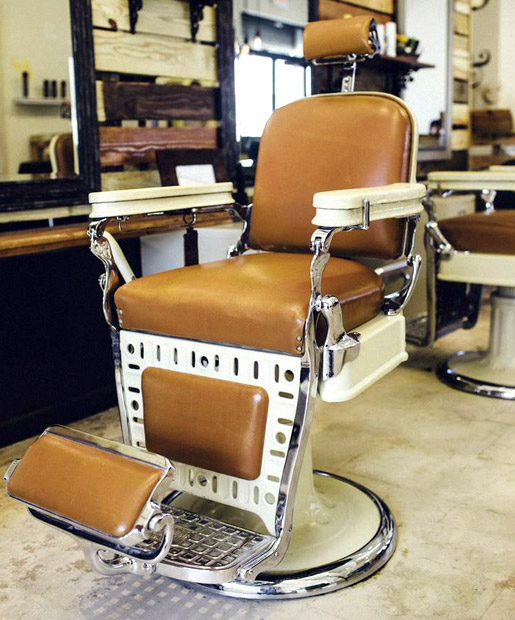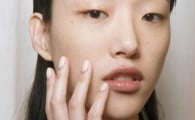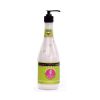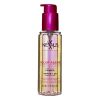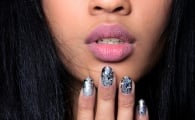Hair care
7 Things You Should Know Before Dyeing Your Curly HairThinking of dyeing your spirals? Read up before you switch shades |
Or turn your salon chair into a trust fall Even if you're putting your hair in the hands of a pro, Baumhauer notes that you need to be upfront about your hair history for the best results. That means dishing on everything: if you've chemically treated your hair before, with a relaxer, a keratin treatment, another color, your current gray hair percentage, anything. "Just because you can't see the treatment doesn't mean it's not there -- it will affect your color unless the previous treatment has been cut out," she adds. Here are other things Willhite says to be aware of so you don't freak out during your actual appointment:
• If you're getting highlights: Your colorist will be more cautious when deciding on the strength of product and take much more time with placement -- highlights make more of an impact on curly hair in terms of movement and enhance structure.
• If you're getting overall color: Your colorist will want to use slightly lighter or warmer color on your ends to add more dimension.
• If you're getting ombré: Your colorist can use bolder pieces and chunks of color than they usually would on straight hair because finer strips of color would get lost in the mass of the curl.
SEE NEXT PAGE: Send your ringlets to rehab ASAP
• If you're getting highlights: Your colorist will be more cautious when deciding on the strength of product and take much more time with placement -- highlights make more of an impact on curly hair in terms of movement and enhance structure.
• If you're getting overall color: Your colorist will want to use slightly lighter or warmer color on your ends to add more dimension.
• If you're getting ombré: Your colorist can use bolder pieces and chunks of color than they usually would on straight hair because finer strips of color would get lost in the mass of the curl.
SEE NEXT PAGE: Send your ringlets to rehab ASAP










